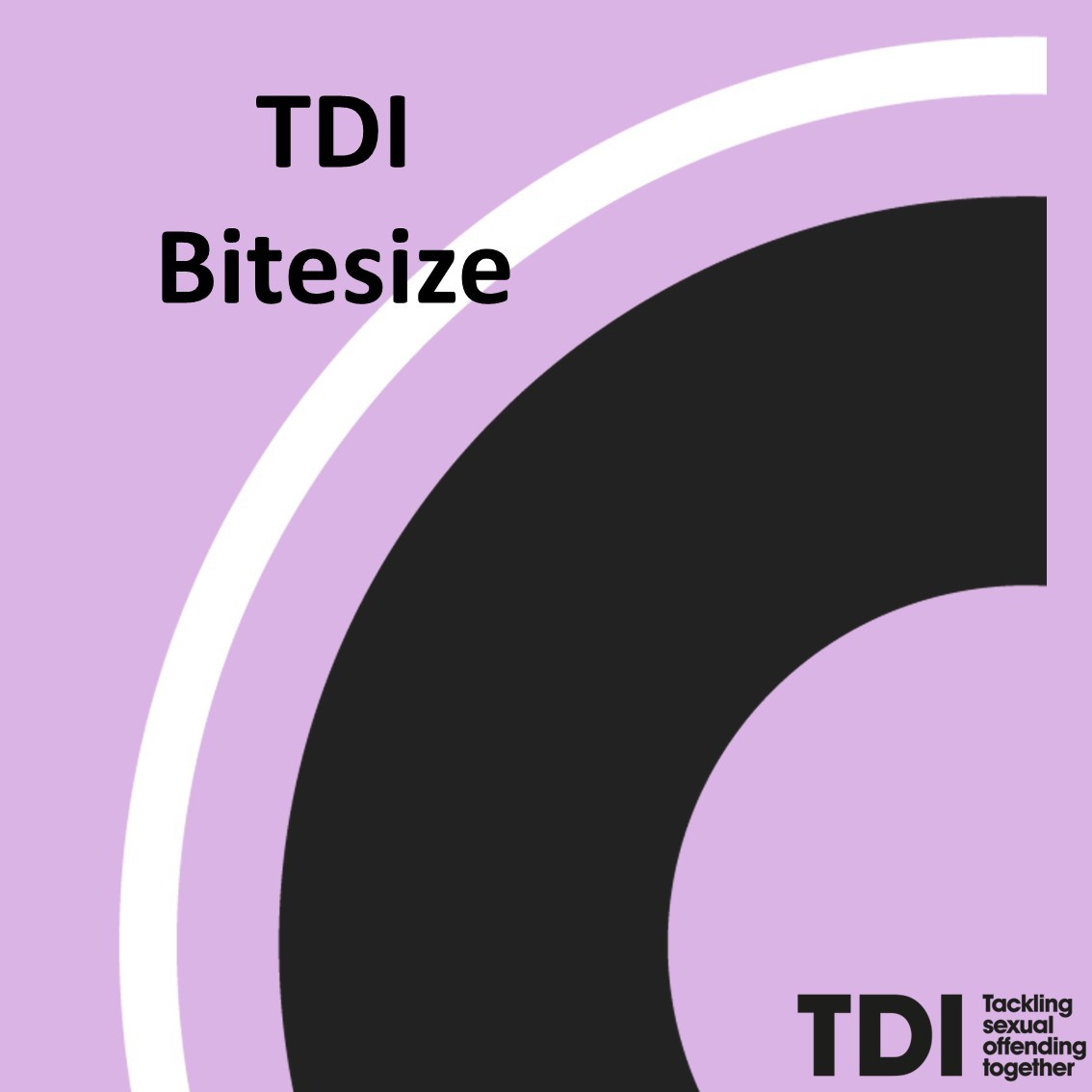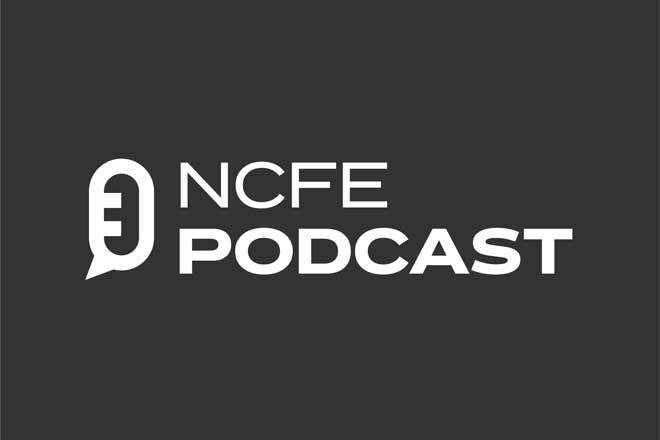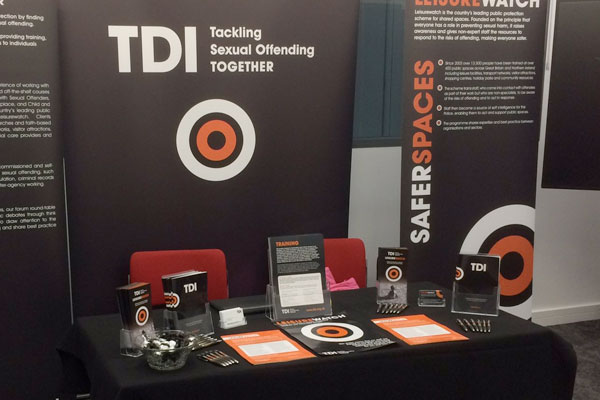
A 44 year-old female poses as a 17 year-old female online and persuades a 12 year-old male to send her a sexual image, then threatens to tell his parents if he doesn’t continue to send more explicit images.

A 14 year-old male gives a 17 year-old male oral sex because the older male has threatened to tell his parents he is gay if he refuses.

A 21 year-old persuades his 17 year-old ‘girlfriend’ to have sex with his friends to pay off a drug debt.

A group of men bring two 17 year-old females to a hotel in another town and charge other men to have sex with them.
What do we learn from these examples?
In the first three examples, the victim agreed to the sexual activity. This is not the same as ‘wanting’ that activity, though. The activity happened because of a power inequality between the perpetrator and the victim.
In examples 3 and 4, the principle offender does not commit the sexual act on the victim. They are exploiters because they gain from the act.
In example 3 (and to a lesser extent examples 1 and 2), the victim ‘gains’ something from the abuse—the ‘love’ of their ‘boyfriend’. The exploiter is using a need the victim has to commit the abuse.
Resolving some myths
So what is hopefully clear at this point is that ‘consent’ does not stop something being exploitation. It is not the victim’s fault, even if they agreed to the sexual activity, even if they return to their exploiter, and even if they get something in return.
We should also note that there are no circumstances under which someone under 16 can consent to sexual activity—sexual activity with a child is always child sexual abuse. Children under 18 cannot consent to being trafficked for the purposes of their own exploitation. And regardless of age, no one can consent to sex if they are drunk, drugged or unconscious.
There is no such thing as ‘child pornography’, only images of child abuse
Because children can’t consent to sexual activity, there is no such thing as child pornography. Pornography and erotica can only be created by adults where they consent, free from coercion or manipulation, to the making of that image.
All images of children engaged in sexual activity are images of child sexual exploitation and behind every image is a victim who has suffered sexual abuse.









